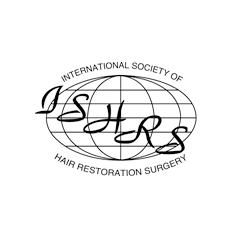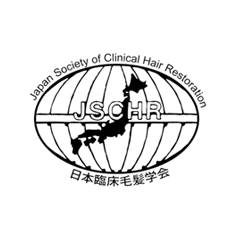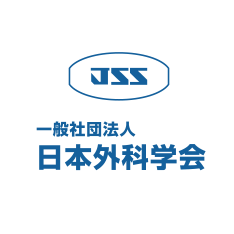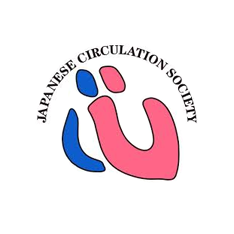Aromatase and Gene (CYP19)
cytochrome P450
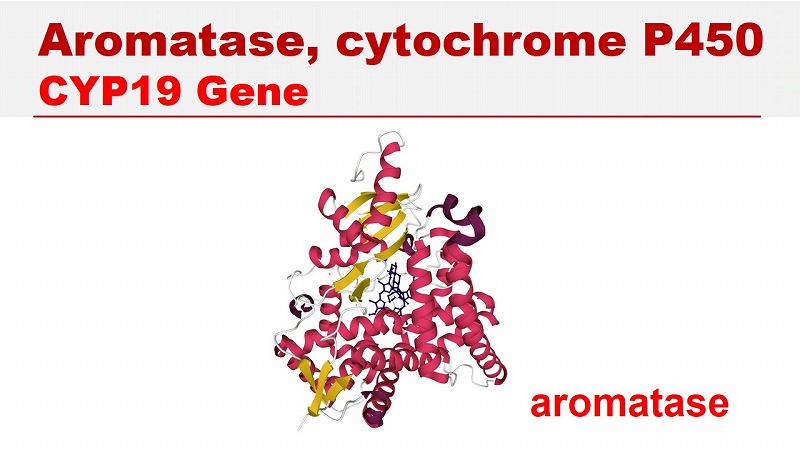
Aromatase (cytochrome P450 enzyme) has a protective effect on hair follicles in androgen metabolism.
Aromatase changes testosterone to estradiol and estrone, and this acceleration of metabolism reduces the relative conversion of testosterone to DHT. A decrease in the level of DHT has a protective effect on hair follicles.
Several genes are important in estrogen-responsive hair growth associated with progesterone receptors, IGF-1, IL-6, and ornithine decarboxylase.
CYP19 gene encodes the enzyme activity of aromatase.
17-α estradiol is a potent aromatase activity stimulant.
Analysis of the IGF1R and CYP19 genes will provide information about individual differences in the effectiveness of IGF-1 and 17α-estradiol for hair thinning prevention.
The decrease in aromatase activity can be associated with the T allele of the CYP19 gene, which is found in about 50% of the population.
Aromatase (CYP19)
microsomal cytochrome P450 enzyme
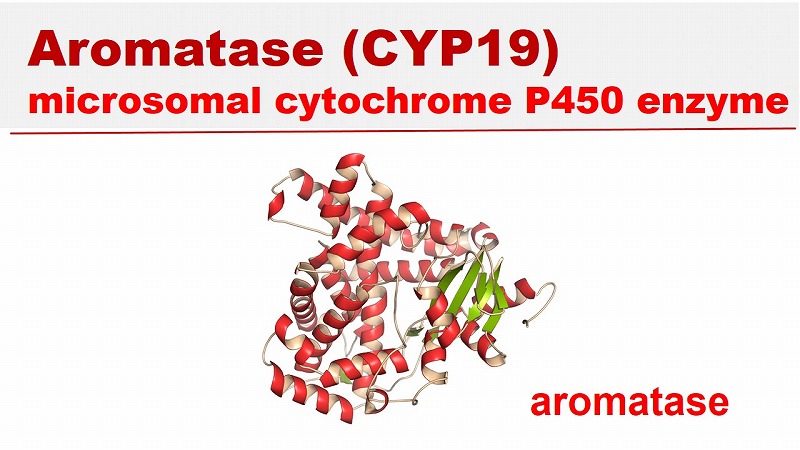
Steroid hydroxylases and aromatase belong to the cytochrome P450 family and play several roles in steroid formation in the ovaries and adrenal glands.
Androgens in the blood of women are produced in the ovaries and adrenal glands. They include dehydroepiandrosterone sulfate (DHEAS), dehydroepiandrosterone (DHEA), androstenedione, androstenediol, testosterone, and dihydrotestosterone (DHT).
Sex hormone-binding globulin (SHBG) and albumin are important in the binding and transport of androgens.
About 1-2% of testosterone is free in the blood plasma. About 78% of other testosterone binds to SHBG and 20% binds to albumin.
Insulin Metabolism, IGF-1
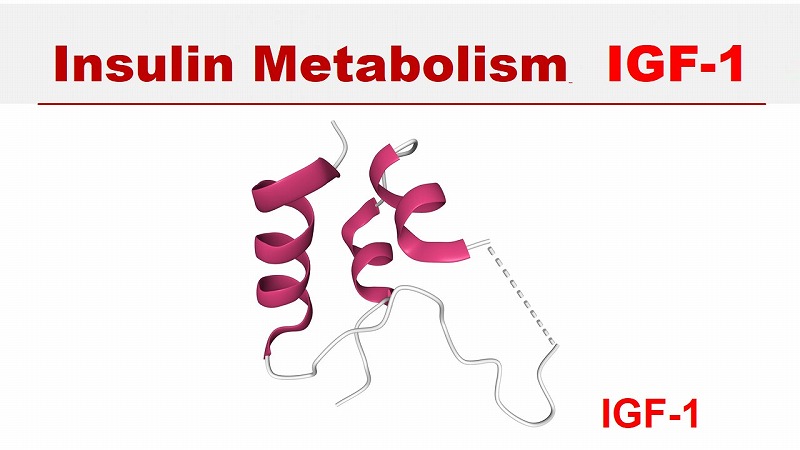
Mutation on insulin receptors can cause insulin resistance.
People with such mutations tend to develop alopecia.


